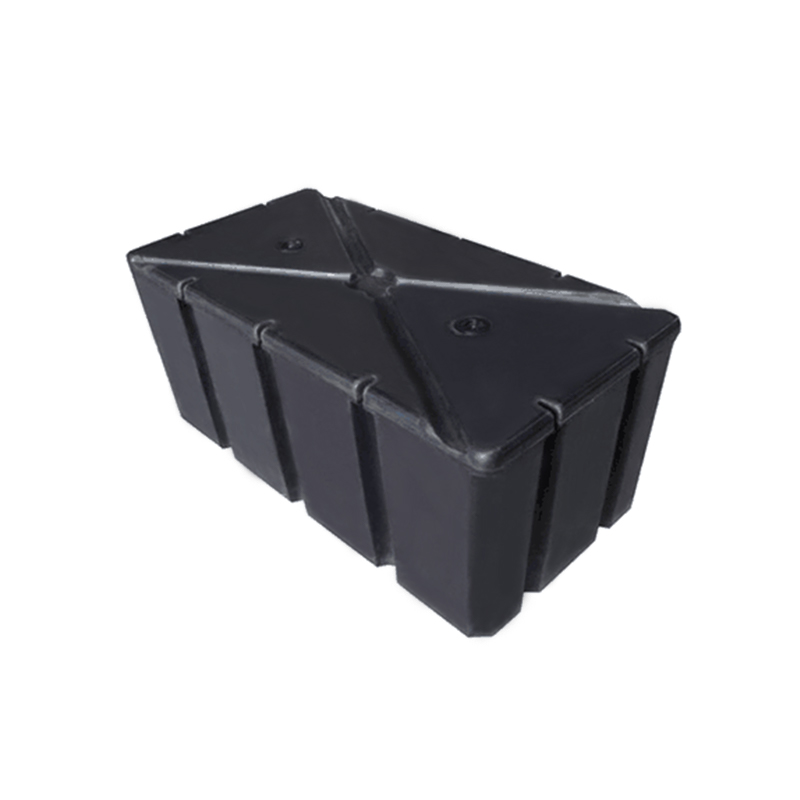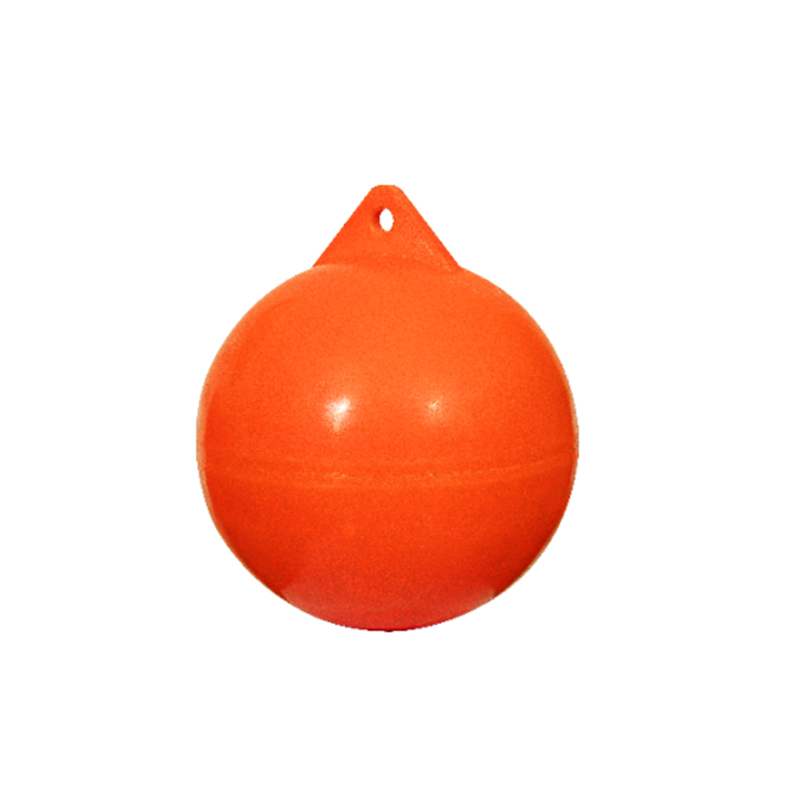Why Are PE Cone Bottom Storage Tanks with Gantry Ideal for Agricultural and Chemical Applications?
1. Efficient Drainage and Complete Discharge
The cone-bottom design of these tanks is one of their standout features, particularly in applications where the complete drainage of contents is essential. In agriculture, where chemical mixtures like fertilizers, pesticides, and herbicides are used, the complete discharge of these chemicals ensures no leftover residue, which could dilute or contaminate the next batch. A complete drainage system ensures that every drop of product is utilized, minimizing waste and reducing the need for additional inventory.
Agricultural operations often work on tight schedules, especially during planting or spraying seasons. The faster and more efficient the drainage process, the quicker the tank can be cleaned and refilled for the next task. In chemical processing, tanks are used to store and mix reagents, solvents, or corrosive chemicals. Residual liquids or sludge left behind in a conventional tank can lead to contamination between different chemical batches. With the cone-bottom design, this issue is largely eliminated, making it easier to handle various materials and avoid contamination, ensuring high product quality and reducing the risk of accidents. This efficiency helps both agriculture and chemical industries achieve cleaner processes, lower operating costs, and minimize safety hazards.
2. Enhanced Mixing and Settling of Materials
In both agriculture and chemical processing, the efficient mixing and settling of materials is crucial for achieving high-quality products. In agricultural settings, this is especially important when preparing liquid fertilizers or pesticides, as uneven mixing can result in uneven application, leading to crop damage or reduced effectiveness. The tapered shape of the cone-bottom tank encourages optimal mixing by promoting the movement of materials towards the center of the tank, where they are more evenly distributed. This design allows for thorough blending of the ingredients, preventing clumping or settling of particulates that can cause inconsistent mixtures.
The conical shape is beneficial for processes where separation or settling of solids from liquids is required. In chemical applications such as water treatment, slurry production, or the preparation of suspensions, the cone bottom allows heavier particles to settle at the bottom, leaving the upper portion of the tank clear for the liquid phase. This makes it easier to remove settled solids and prevents clogging or contamination of pumps and other equipment. For both agriculture and chemicals, this feature enhances operational efficiency, ensuring consistent results and reducing the risk of machinery breakdowns due to particulate buildup.
3. Space Optimization with Gantry Support
PE cone bottom storage tanks with gantry structures are designed with space optimization in mind. The gantry supports the tank and various equipment like pumps, pipes, valves, and inspection platforms, effectively utilizing vertical space. In agricultural facilities or chemical plants, where real estate is often limited, maximizing the use of vertical space allows for a more compact and organized layout. The gantry elevates the tank, allowing access to all parts of the tank without requiring extensive floor space. This is particularly important in environments where numerous tanks are required for storing different chemicals, nutrients, or water, and floor space must be maximized for efficiency.
The gantry's elevated design also allows for easy access to the piping and plumbing systems that are often connected to the tanks. This simplifies the installation, maintenance, and modification of the tank system, making it easier to add new equipment or replace old components. This design also reduces the need for scaffolding or external access platforms, cutting costs and improving safety for workers who are responsible for routine maintenance and inspections. Space optimization through gantries allows agricultural and chemical facilities to expand their operations without requiring significant increases in floor space or building size, providing long-term cost savings.
4. Improved Accessibility for Maintenance and Inspection
Access to tanks for regular maintenance, cleaning, and inspection is essential for ensuring safe and efficient operation. The gantry in cone bottom storage tanks improves accessibility by providing a safe and stable structure for technicians to access the tank's components, such as valves, pumps, and piping. In agricultural operations, regular cleaning of tanks is necessary to avoid contamination from pesticides, fertilizers, or other chemicals. The elevated gantry allows workers to reach various parts of the tank without needing ladders or scaffolding, improving safety and reducing the time spent on these tasks.
For chemical processing, where tanks are often used to store hazardous substances like solvents, acids, or bases, having easy access for inspections is crucial for preventing leaks, spills, or equipment failure. The gantry not only facilitates physical access but also provides a platform for monitoring systems, which helps in tracking parameters such as pressure, temperature, or chemical concentration. This can reduce the likelihood of accidents or system failures that may result in expensive repairs or, worse, environmental contamination. Whether it’s routine maintenance, cleaning, or emergency repairs, the gantry structure provides the necessary access to ensure the tank is in optimal working condition at all times, contributing to overall operational safety.
5. Durability and Resistance to Harsh Chemicals
Polyethylene (PE) is known for its excellent resistance to corrosion, UV degradation, and chemical attack, making it an ideal material for tanks used in both agricultural and chemical applications. In agricultural settings, tanks often store chemicals such as fertilizers, pesticides, and herbicides, which can be highly corrosive or reactive. The durability of PE tanks ensures that these substances can be safely stored and transported without the tank degrading over time. Similarly, in chemical processing, tanks may be used to store harsh chemicals, solvents, or oils that could corrode conventional tank materials like steel or fiberglass. The resistance of PE to a wide range of chemicals prevents tank deterioration, extending the life of the tank and reducing the need for frequent replacements.
PE’s resistance to UV radiation ensures that the tank’s integrity is maintained even when exposed to sunlight, which is particularly important in outdoor agricultural operations. PE tanks are also less likely to crack or degrade from environmental factors like freezing or extreme weather conditions, ensuring that the tank will perform reliably for years in both agriculture and chemical industries. The long lifespan of PE tanks reduces the overall cost of ownership, making them a highly cost-effective solution for storing chemicals and other materials. The low maintenance requirements of PE tanks also translate into fewer disruptions to operations, leading to better productivity and fewer operational headaches.
6. Cost-Effectiveness and Longevity
The affordability of PE cone bottom storage tanks, coupled with their long lifespan, makes them a cost-effective choice for agricultural and chemical industries. PE is generally more affordable compared to materials like stainless steel or fiberglass, making it an attractive option for large-scale operations that need to manage multiple tanks. For example, a farm or chemical plant that requires numerous storage tanks for different applications will find PE tanks a more budget-friendly option, enabling them to allocate resources to other areas of the operation.
The longevity of PE tanks is another key advantage. These tanks are highly resistant to corrosion, chemicals, and environmental factors, meaning they do not need to be replaced frequently. This durability makes them a better investment over the long term compared to other materials that might require more frequent maintenance or replacement. For agricultural operations, where seasonal maintenance is common, PE cone bottom tanks ensure that the system remains in working order throughout the growing season without major downtime or costs associated with repairs. Similarly, in chemical industries, where tank failures can result in costly production halts, the reliability of PE tanks helps maintain continuous operations and reduces maintenance costs.


 English
English عربى
عربى




















